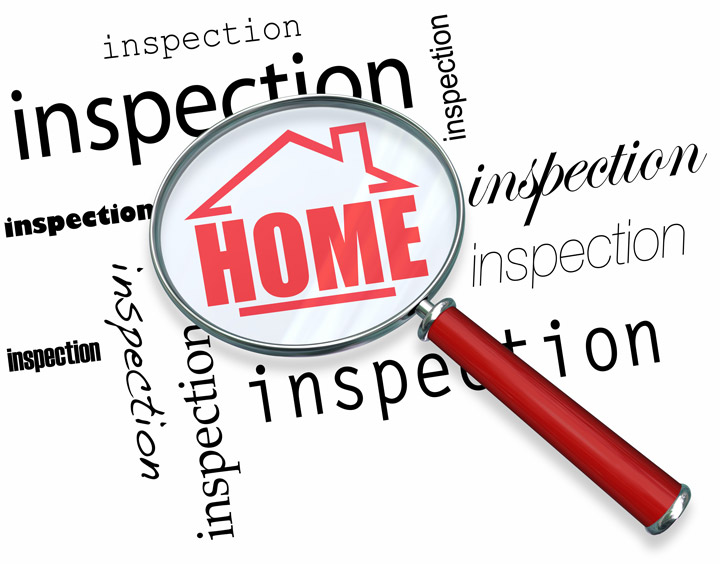
Real Property Appraisals: A PrimerAcquiring a home can be the most important financial decision some could ever consider. It doesn't matter if where you raise your family, a seasonal vacation property or an investment, the purchase of real property is an involved transaction that requires multiple parties to make it all happen. Practically all the parties participating are quite familiar. The real estate agent is the most recognizable face in the transaction. Then, the bank provides the financial capital required to bankroll the transaction. And ensuring all requirements of the exchange are completed and that the title is clear to pass from the seller to the purchaser is the title company. So, what party makes sure the property is worth the purchase price? This is where the appraiser comes in. We provide an unbiased estimate of what a buyer might expect to pay — or a seller receive — for a property, where both buyer and seller are informed parties. A licensed, certified, professional appraiser from Marcelaenely's Appraisals will ensure, you as an interested party, are informed. Appraisals start with the home inspectionTo ascertain an accurate status of the property, it's our duty to first perform a thorough inspection. We must see features first hand, such as the number of bedrooms and bathrooms, the location, amenities, etc., to ensure they truly are there and are in the shape a typical person would expect them to be. The inspection often includes a sketch of the property, ensuring the square footage is accurate and illustrating the layout of the property. Most importantly, the appraiser identifies any obvious features - or defects - that would have an impact on the value of the house. Back at the office, we use two or three approaches to determining the value of real property: a paired sales analysis, a replacement cost calculation, and an income approach when rental properties are prevalent. 
Replacement CostThis is where we pull information on local construction costs, labor rates and other factors to determine how much it would cost to construct a property comparable to the one being appraised. This estimate usually sets the upper limit on what a property would sell for. The cost approach is also the least used method. 
Analyzing Comparable SalesAppraisers can tell you a lot about the neighborhoods in which they work. They innately understand the value of particular features to the residents of that area. Then, the appraiser researches recent transactions in the vicinity and finds properties which are 'comparable' to the subject in question. By assigning a dollar value to certain items such as upgraded appliances, additional bathrooms, additional living area, quality of construction, lot size, we adjust the comparable properties so that they more accurately match the features of subject property.
In the end, the appraiser reconciles the adjusted sales prices of all the comps and then derives an opinion of what the subject could sell for. At Marcelaenely's Appraisals, we are an authority when it comes to knowing the worth of real estate features in Delano and Kern County neighborhoods. The sales comparison approach to value is typically given the most importance when an appraisal is for a home sale. Valuation Using the Income ApproachIn the case of income producing properties - rental houses for example - we may use an additional approach to value. In this scenario, the amount of revenue the real estate yields is factored in with income produced by nearby properties to determine the current value. ReconciliationAnalyzing the data from all approaches, the appraiser is then ready to stipulate an estimated market value for the property at hand. The estimate of value at the bottom of the appraisal report is not always what's being paid for the property even though it is likely the best indication of a property's valueIt's not uncommon for prices to be driven up or down by extenuating circumstances like the motivation or urgency of a seller or 'bidding wars'. But the appraised value is typically employed as a guideline for lenders who don't want to loan a buyer more money than the property is actually worth. At the end of the day, an appraiser from Marcelaenely's Appraisals will help you discover the most accurate property value, so you can make profitable real estate decisions. |